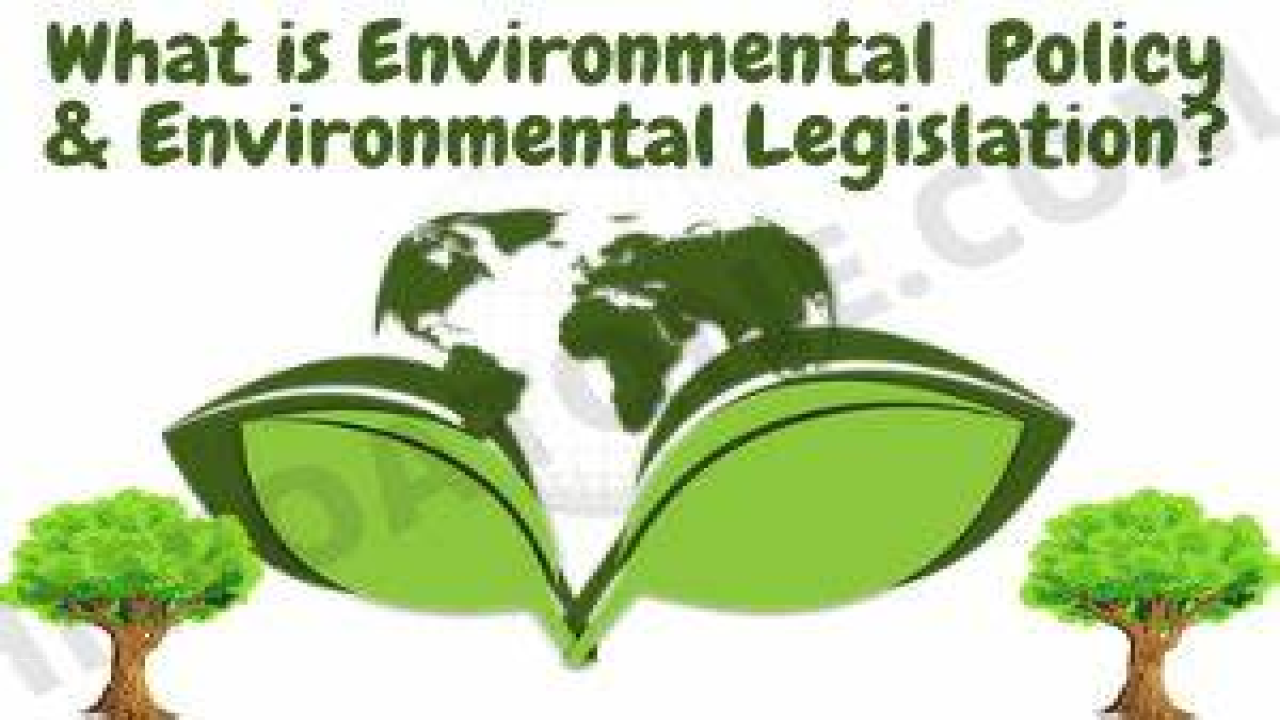Environmental Education and Legislation
Environmental education and legislation are crucial in promoting sustainability and protecting the natural environment. Environmental education refers to the process of educating individuals and communities about environmental issues and promoting sustainable practices. Environmental legislation refers to the regulations, laws, and guidelines established by governments and organizations to address environmental issues and promote sustainability. Understanding the importance, types, and issues of environmental education and legislation is essential in promoting a sustainable future.
Meaning and History of Environmental Education and Legislation
Environmental education refers to the process of educating individuals and communities about environmental issues and promoting sustainable practices. The concept of environmental education has been recognized for centuries, with historical accounts of environmental education dating back to ancient civilizations. The modern environmental education movement began in the 1960s and 1970s, with the passage of major environmental laws such as the Clean Air Act and the Clean Water Act. Environmental legislation refers to the regulations, laws, and guidelines established by governments and organizations to address environmental issues and promote sustainability.
Types of Environmental Education
- Formal Education: Formal education refers to environmental education that occurs in formal educational settings, such as schools and universities. This type of education often includes courses and programs focused on environmental issues and sustainability.
- Non-formal Education: Non-formal education refers to environmental education that occurs outside of formal educational settings, such as community programs and workshops. This type of education often includes hands-on learning and practical skills development.
- Informal Education: Informal education refers to environmental education that occurs through everyday experiences, such as learning about recycling or energy conservation at home or in the workplace.
Examples of Environmental Education
- Environmental Education in Schools: Environmental education programs in schools can include courses and extracurricular activities focused on environmental issues and sustainability. These programs can help to promote environmental awareness and sustainable practices among students.
- Community Environmental Programs: Community environmental programs, such as recycling and composting programs, can help to promote sustainable practices among community members.
- Workshops and Conferences: Workshops and conferences focused on environmental issues and sustainability can provide opportunities for individuals to learn about new technologies and approaches to environmental protection.
Environmental Education and Legislation Issues
- Funding: Funding for environmental education and legislation can be a significant issue, with limited resources available for these programs.
- Political Polarization: Environmental education and legislation can be politicized, with some political groups opposed to environmental regulations and others advocating for more stringent regulations. This political polarization can lead to delays in policy development and implementation.
- Limited Resources: Governments and organizations may not have the financial or technical resources necessary to develop and implement effective environmental education and legislation programs.
Types of Environmental Legislation
- Command-and-Control Regulations: Command-and-control regulations involve setting specific limits on pollution levels and enforcing those limits through fines and other penalties. This type of policy is often criticized for being inflexible and not allowing for innovation in pollution reduction.
- Economic Incentives: Economic incentives involve using financial incentives, such as taxes or subsidies, to encourage environmentally friendly behavior. This type of policy is often more flexible than command-and-control regulations and can lead to more innovative solutions.
- Voluntary Agreements: Voluntary agreements involve agreements between industry and government to reduce pollution levels voluntarily. This type of policy is often criticized for not being enforceable and not providing sufficient incentives for compliance.
Examples of Environmental Legislation
- The Clean Air Act: The Clean Air Act is a major environmental law in the United States that sets standards for air quality and regulates emissions from industry and transportation. The Clean Air Act has been credited with significant improvements in air quality in the United States.
- The Clean Water Act: The Clean Water Act is a major environmental law in the United States that regulates discharges of pollutants into navigable waters and sets water quality standards for surface waters. The Clean Water Act has been credited with significant improvements in water quality in the United States.
- The Endangered Species Act: The Endangered Species Act is a major environmental law in the United States that aims to protect endangered and threatened species and their habitats. The Endangered Species Act has been credited with saving many species from extinction.
Environmental Legislation Issues
- Implementation and Enforcement: Implementation and enforcement are significant issues in environmental legislation. Many environmental regulations are not effectively enforced, leading to noncompliance and continued environmental degradation.
- Political Polarization: Environmental legislation has become increasingly politicized, with some political groups opposed to environmental regulations and others advocating for more stringent regulations. This political polarization can lead to delays in policy development and implementation.
- Limited Resources: Limited resources can be a significant issue in environmental legislation. Governments and organizations may not have the financial or technical resources necessary to develop and implement effective environmental policies.
Strategies for Effective Environmental Education and Legislation
- Collaboration: Collaboration between governments, organizations, and industry is essential in developing and implementing effective environmental education and legislation. Collaboration can lead to more innovative solutions and greater support for environmental regulations.
- Innovation: Innovation is crucial in developing effective environmental education and legislation. New technologies and approaches can lead to more efficient and effective environmental regulations.
- Education and Awareness: Education and awareness are crucial in promoting environmental education and legislation. Educating the public on the importance of environmental protection and sustainability can lead to greater support for environmental regulations.
- Inclusivity: Inclusivity is essential in developing effective environmental education and legislation. Ensuring that all stakeholders have a voice in the policy development process can lead to greater support for environmental regulations.


